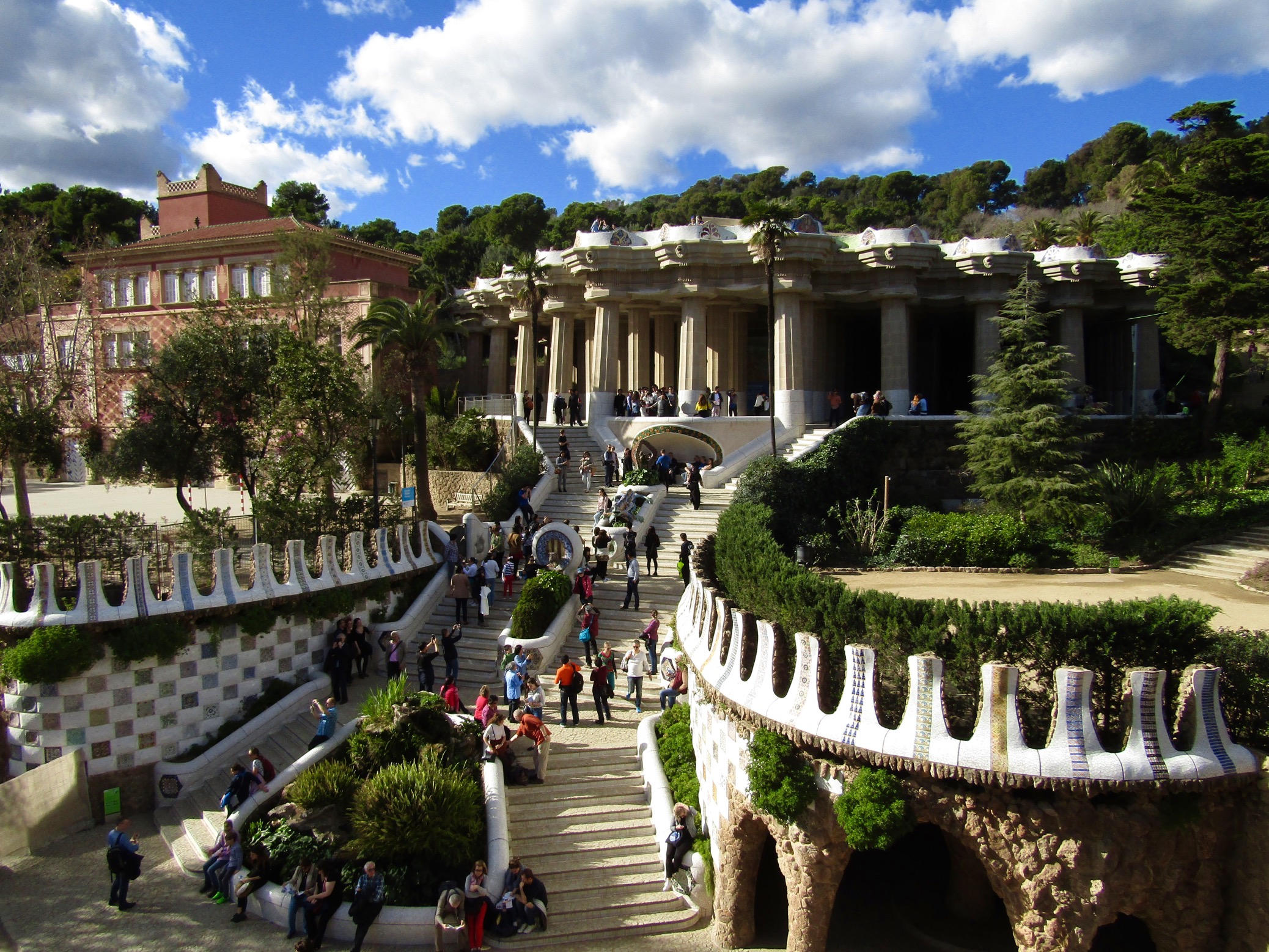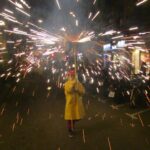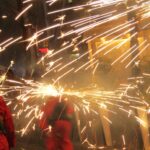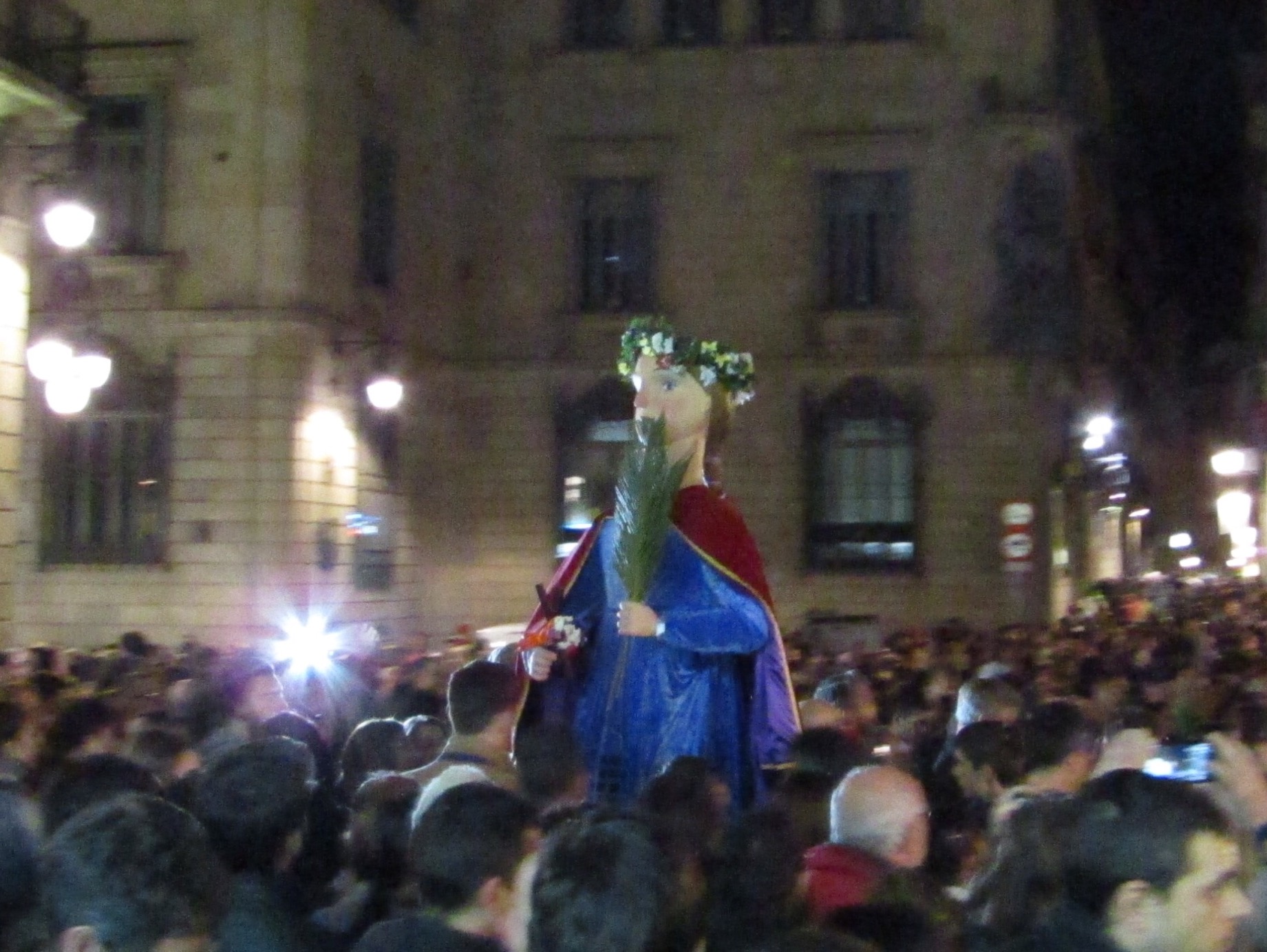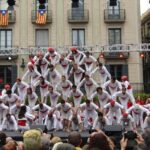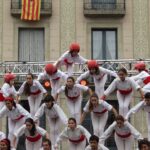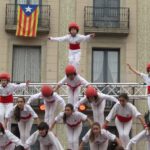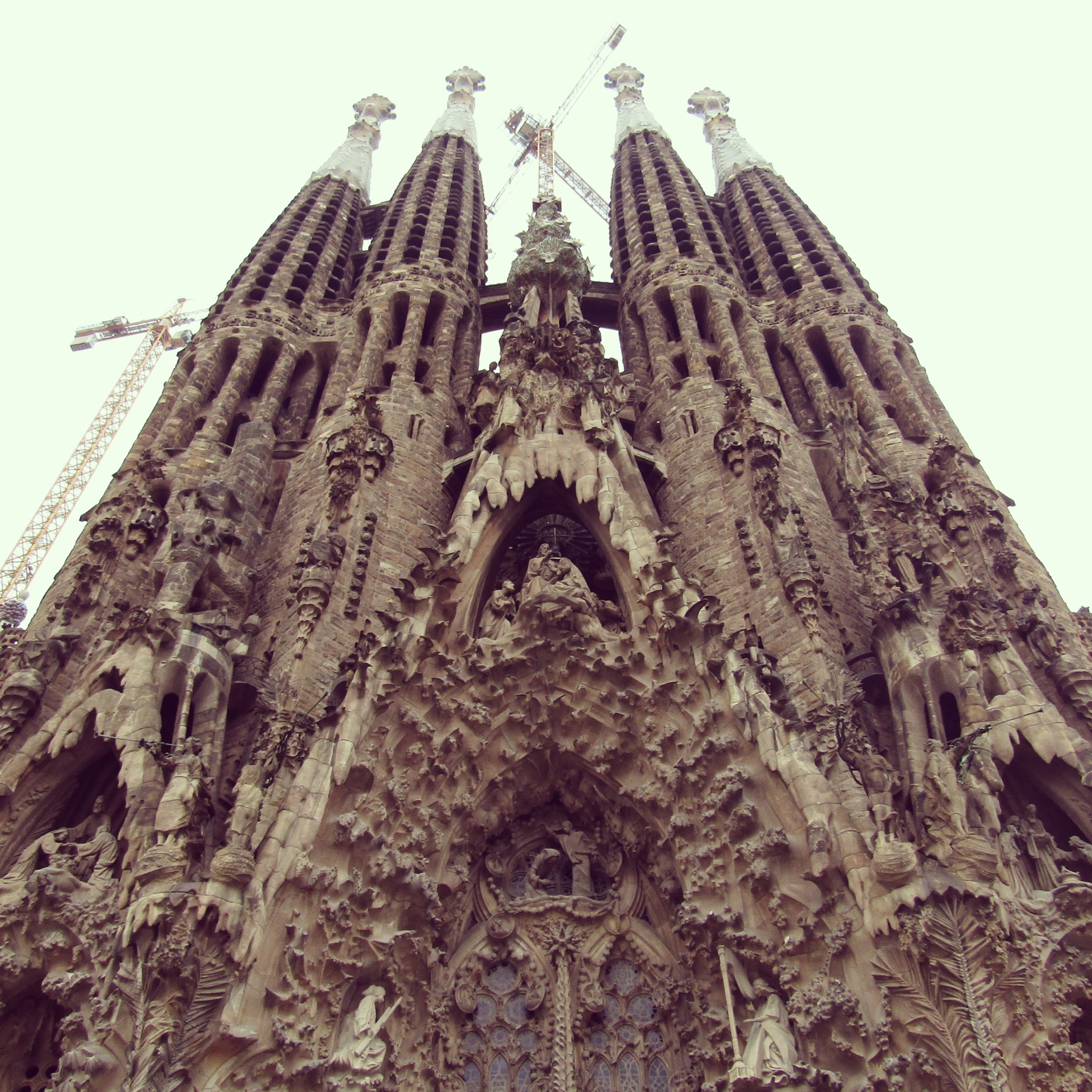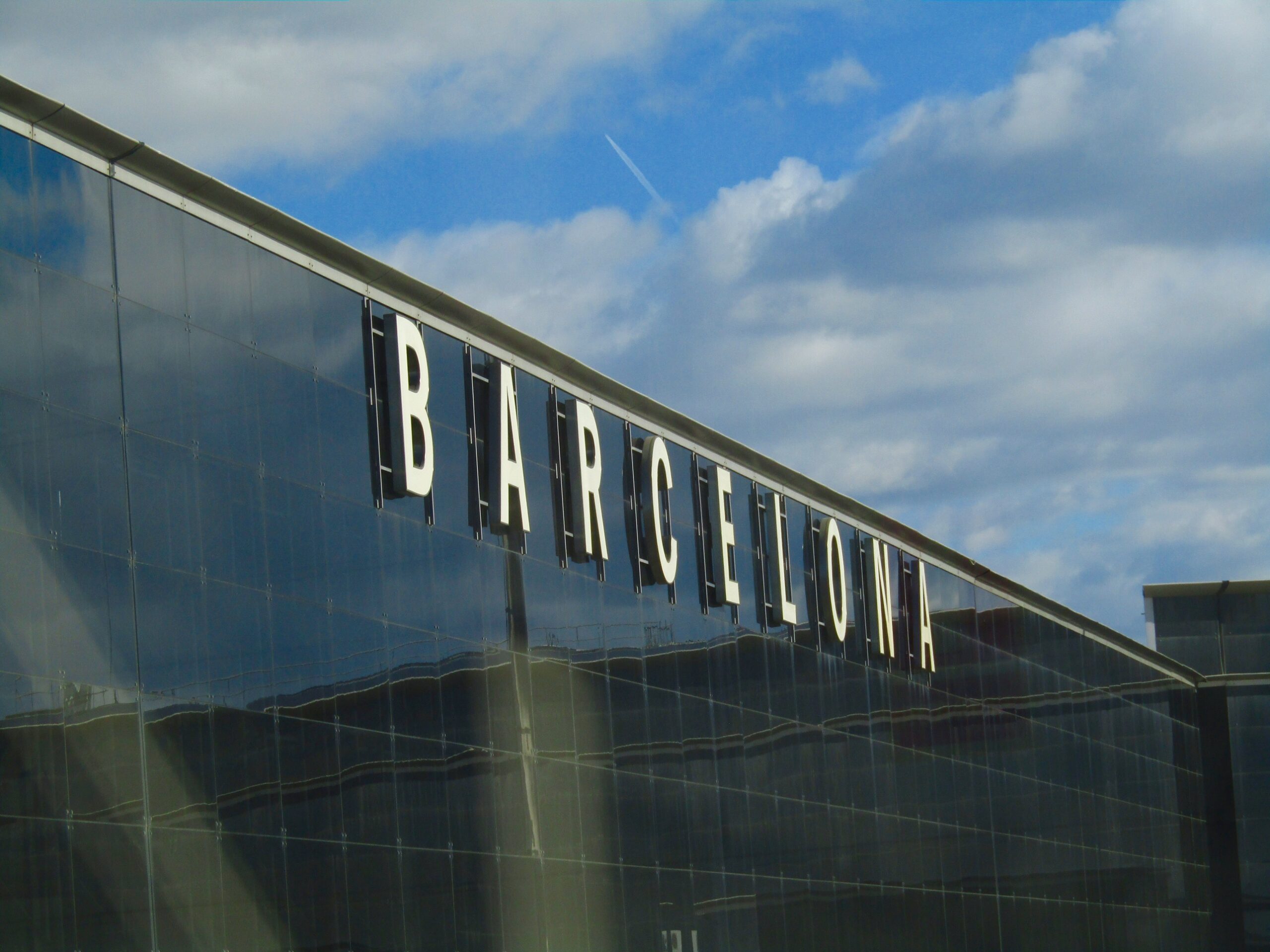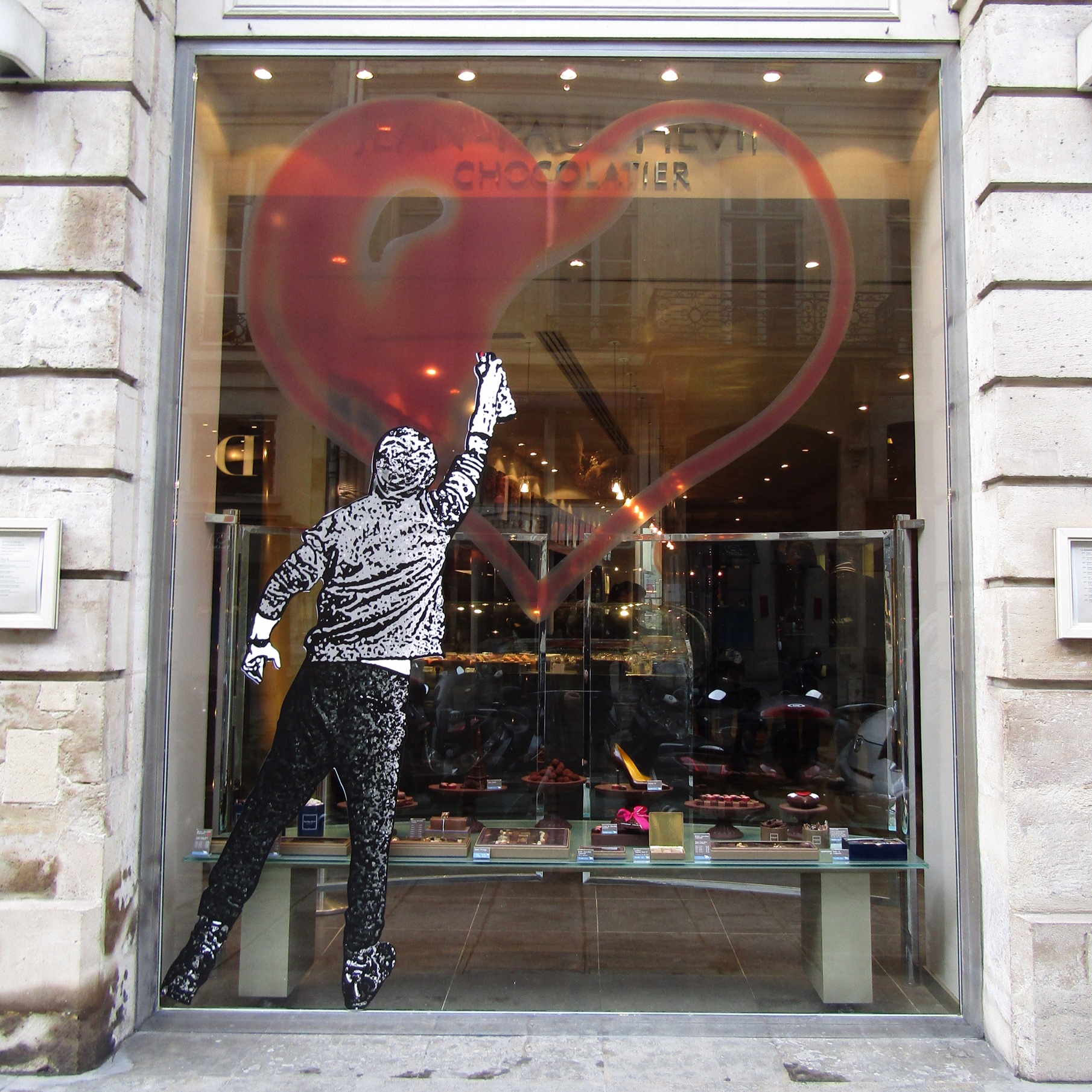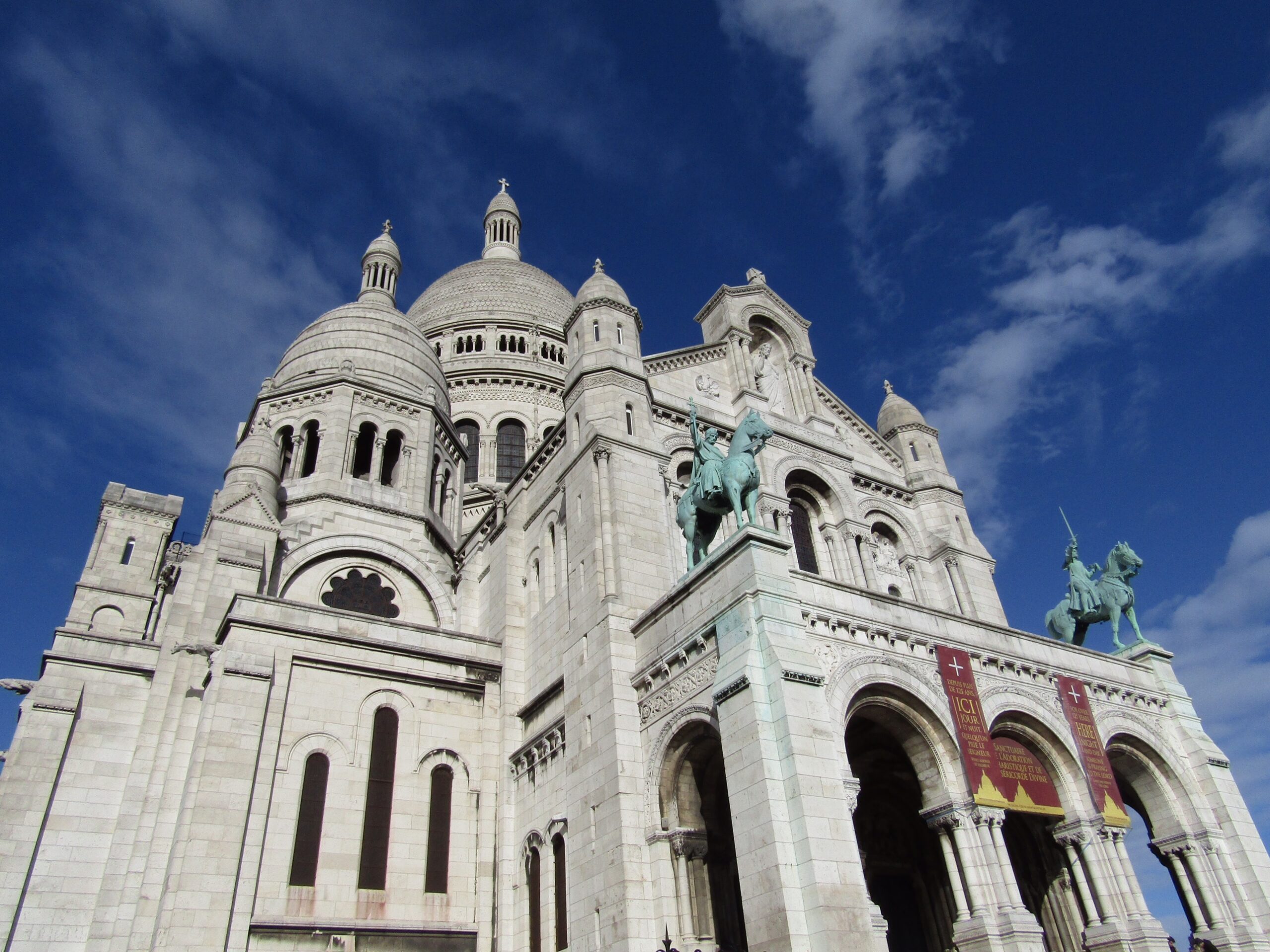“The Queen ate here,” says Bob of Bob’s Vlaamse Frituur, a french fry stand in Amsterdam’s famous Albert Cuyp Market.
He nodded toward a photo hanging in his booth. We expected to see the instantly-recognizable Queen Elizabeth of England, but this is The Netherlands and they have their own royal family. He proudly recalled the time she visited and we tried to keep our enthusiasm at Queen of England levels.
We arrived in Amsterdam late afternoon and immediately headed for the market, which was only 20 minutes away from closing for the day. Many of the stalls were still open and the market would become a daily starting point for our adventures into the streets of Holland’s capital city.
Amsterdam may be best known for its Red Light District and legalized drug use, but these sordid details make up a very small part of the city. The public areas—parks, plazas and markets—are vast and lively. There’s a charm to the bicycle traffic, which easily outnumbers the automobiles. Dodging the bikes and the trams is an art form all its own.
The architecture is brilliant. The old-world charm hasn’t been lost, even as modern-day life takes place in and around. Cafes dating to the 1600s are still in operation. Many of the narrow brick buildings have sinking foundations, their forward-list apparent next to their tightly-packed neighbors.
We continued to explore the streets, eventually stumbling upon Museumplein. The large park is flanked by the definitive Van Gogh Museum and Rijksmuseum with its collection of Rembrandt and Chagal works. But the most popular draw that night was the frozen-over pond being used as an ice skating rink. Nearby, tourists posed for photos on and around the “Iamsterdam” sign (I am Amsterdam… Get it?).
After the sun went down, we wandered up and down the canals that separate the city’s neighborhoods. Tourist boats were few and far between. Instead, houseboats were anchored along the banks. Small rowboats were tethered nearby. The canels aren’t just part of Amsterdam’s neighborhoods, they are the neighborhoods.
Click any photo in the gallery to see a larger version and start a slideshow view
Click any photo in the gallery to see a larger version and start a slideshow view
Click any photo in the gallery to see a larger version and start a slideshow view


Click any photo in the gallery to see a larger version and start a slideshow view
More Photo of the Day posts from our January-March 2016 trip to Europe












































